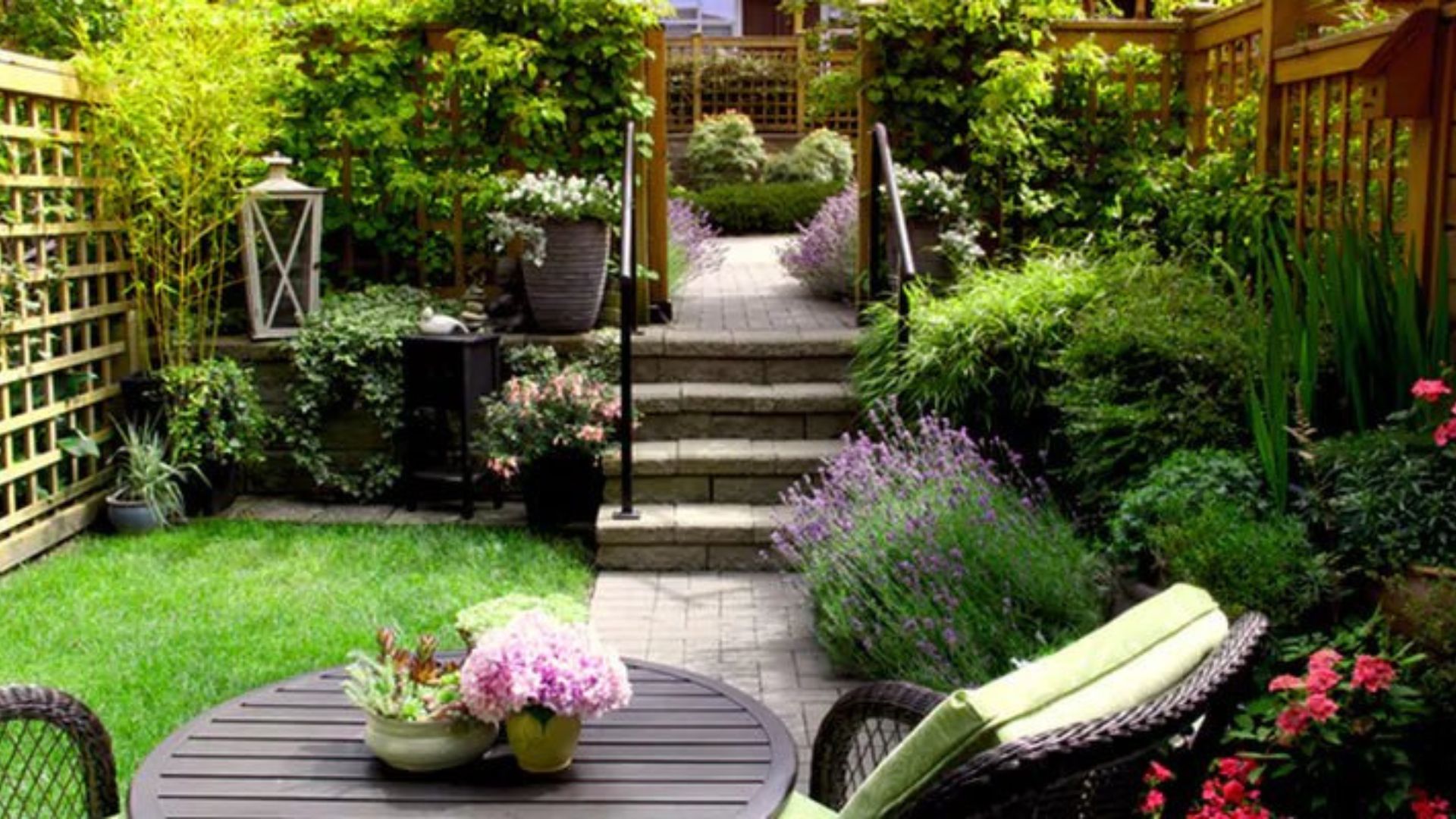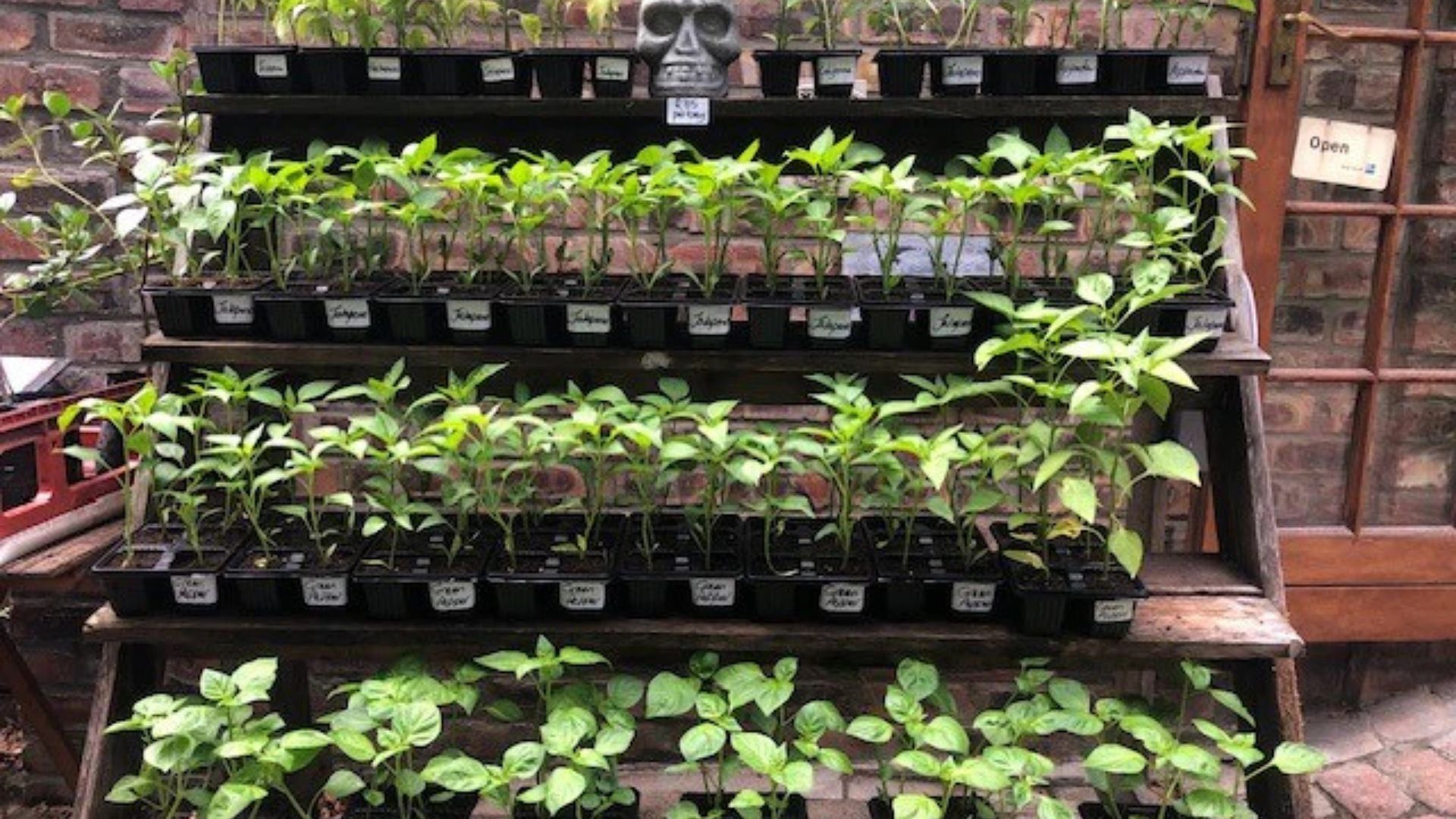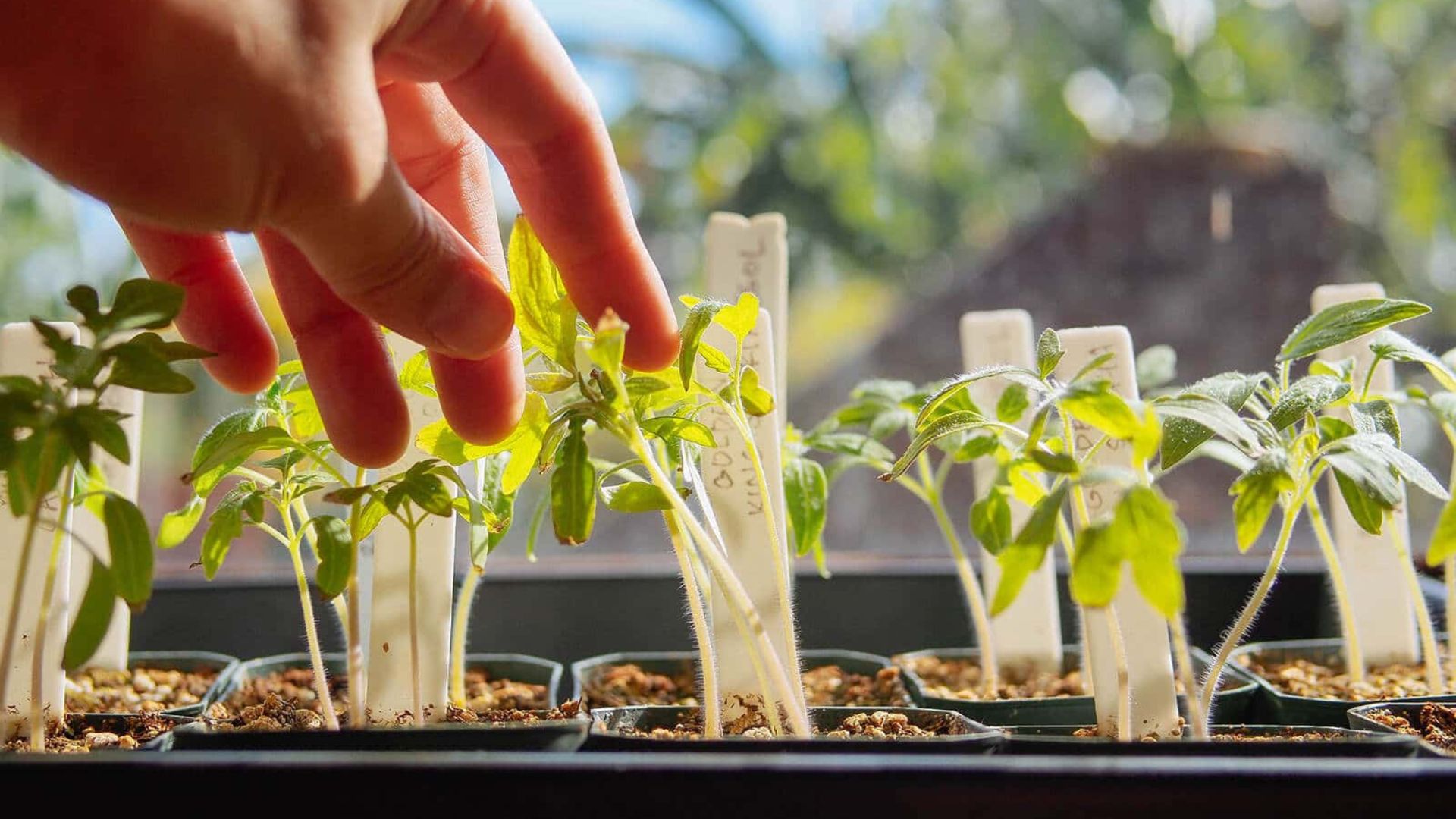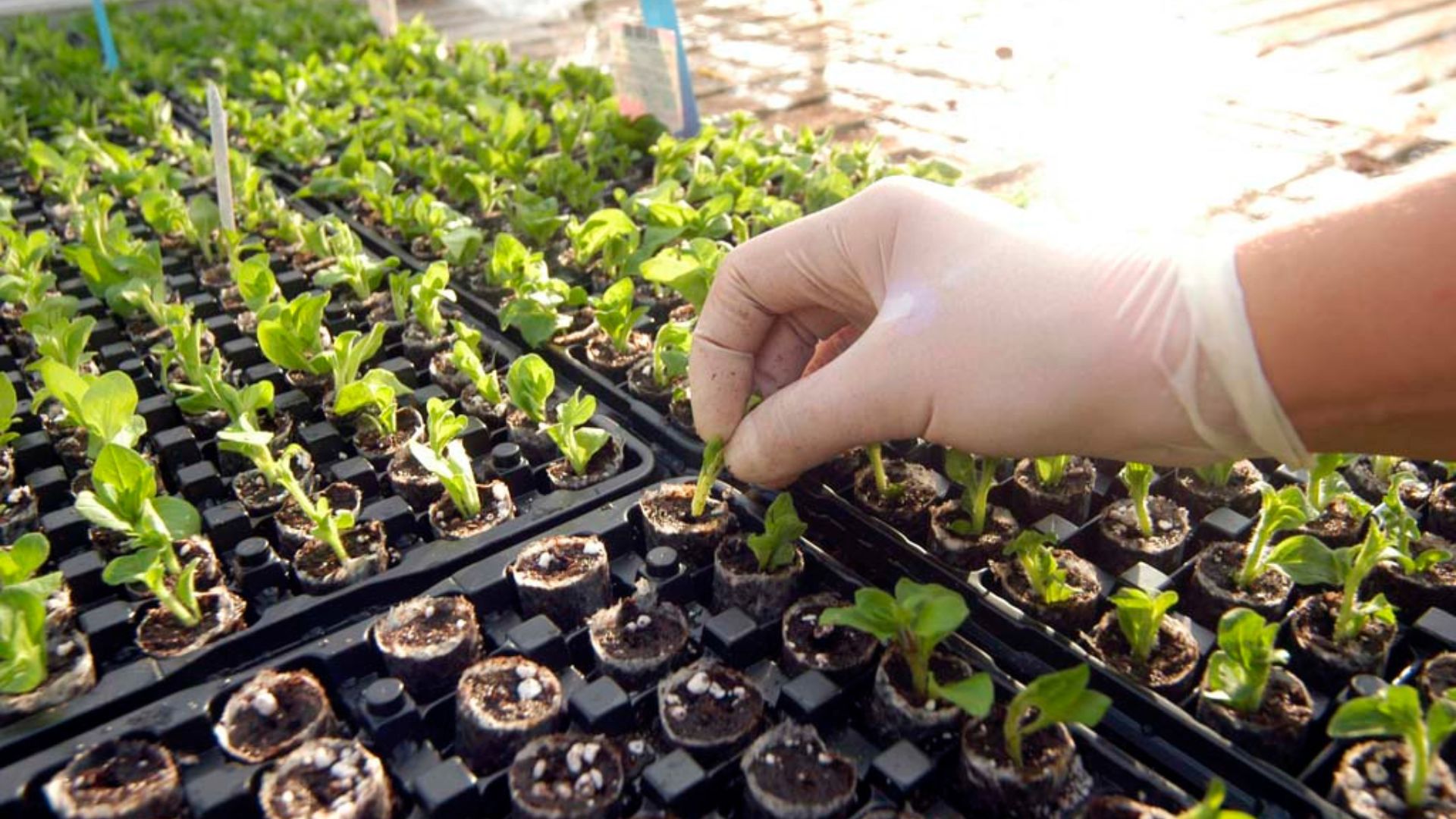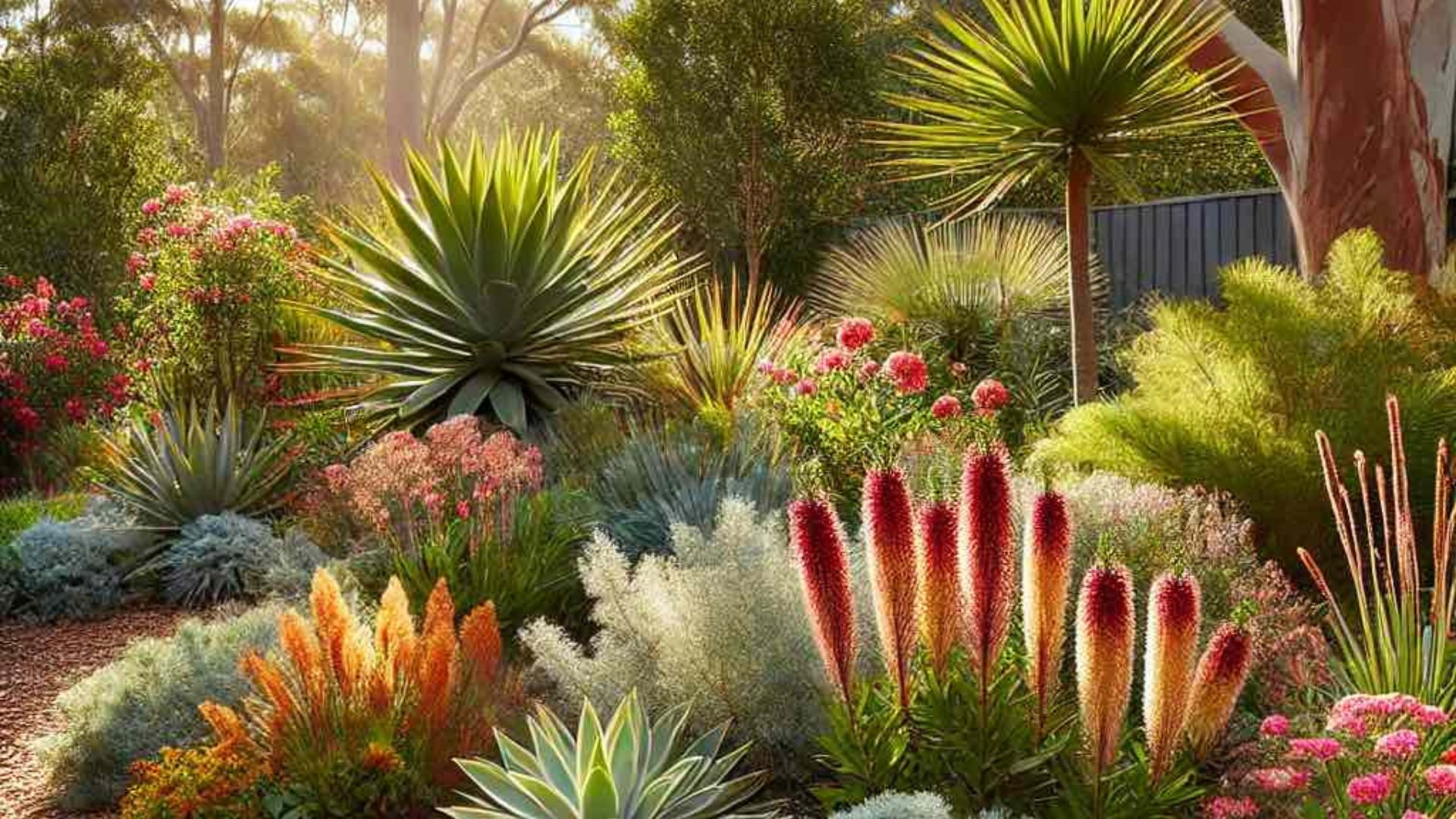Nursery layout is crucial for creating a productive and organized plant-growing area. A well-designed layout allows for efficient watering, sunlight exposure, and easy maintenance. Moreover, strategic placement of plants and work areas reduces overcrowding and minimizes stress on plants. By planning carefully, gardeners can optimize their nursery environment for growth, health, and convenience.
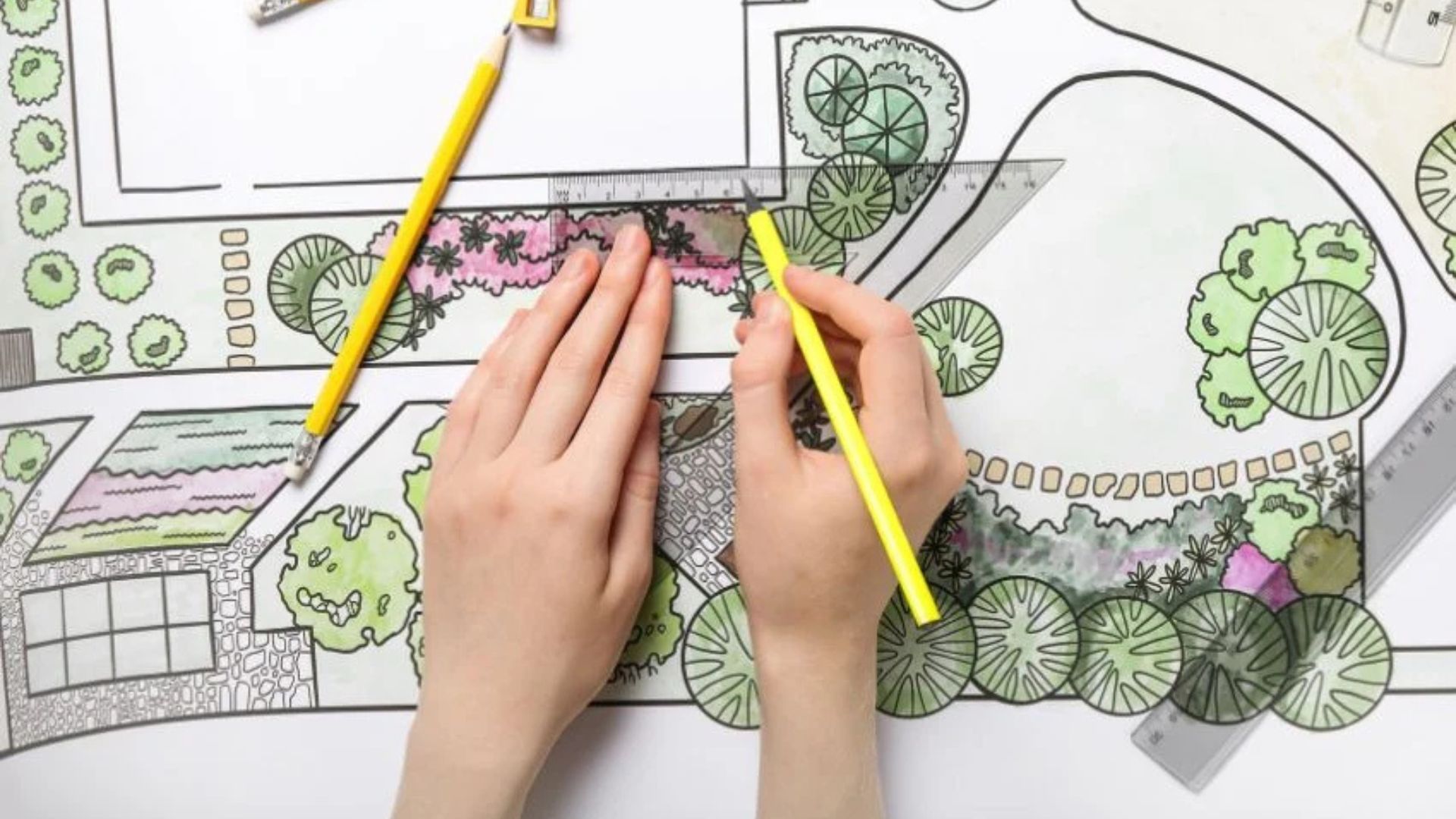
Assess Your Available Space
Before arranging plants, measure your area accurately. Identify shaded and sunny zones, as well as areas near water sources. Understanding your space limitations helps in planning paths, shelving, and plant grouping. Moreover, this assessment forms the foundation for a functional nursery layout.
Vertical and Horizontal Planning
Utilize both vertical and horizontal space effectively. Tall shelving units, hanging baskets, and tiered tables increase capacity without overcrowding the floor. Horizontal spacing ensures air circulation and light penetration. Combining these strategies allows more plants to thrive while maintaining accessibility.
Group Plants by Needs
Grouping plants based on water, sunlight, and soil requirements improves efficiency. Indoor plants with similar light requirements can be placed together, while outdoor seedlings can be organized by sunlight exposure. This method simplifies care routines and reduces resource waste, making it easier to maximize your space and ensure healthy growth.
Pathways and Accessibility
Include wide paths for easy access to plants. Paths allow watering, pruning, and inspections without disturbing neighboring pots. Additionally, clear walkways reduce accidents and improve workflow. Thoughtful pathway design is essential in any effective nursery layout plan.
Container and Pot Organization
Use pots, trays, and benches to organize plants systematically. Label containers to track species, propagation dates, and care instructions. Proper container arrangement supports efficient watering and fertilization routines. Moreover, organized pots prevent overcrowding and optimize light exposure for every plant.
Lighting Considerations
Adequate light is critical for plant growth. Place sun-loving species in bright areas and shade-tolerant plants under diffused light. Supplemental grow lights can extend daylight hours indoors. By arranging plants according to light needs, gardeners follow key principles of nursery layout.
Watering and Irrigation Efficiency
Plan irrigation routes and water access points to reduce effort and water waste. Group plants with similar water needs together, and consider drip irrigation or soaker hoses for consistency. Efficient watering setups support healthy plants and save time in daily nursery tasks.
Seasonal and Growth Planning
Anticipate plant growth when designing your layout. Leave space for expansion and repotting. Seasonal changes may also affect sunlight exposure and watering frequency. By planning for growth and seasonal shifts, gardeners ensure the nursery layout remains practical throughout the year.
Safety and Maintenance
Maintain a clean, clutter-free environment to prevent pests and disease. Ensure proper airflow and drainage. Regularly check shelving and containers for stability. Safety and hygiene support plant health while making routine care easier and more effective.
Conclusion
In conclusion, a well-thought-out nursery layout enhances plant health, improves workflow, and boosts overall productivity. Assess available space, utilize vertical and horizontal areas, group plants by needs, design clear pathways, and optimize light and irrigation. Seasonal planning and maintenance further ensure a functional, thriving nursery. By implementing these strategies, gardeners can create an organized, efficient, and highly productive environment, ensuring every plant reaches its full potential while the nursery remains safe and accessible.






